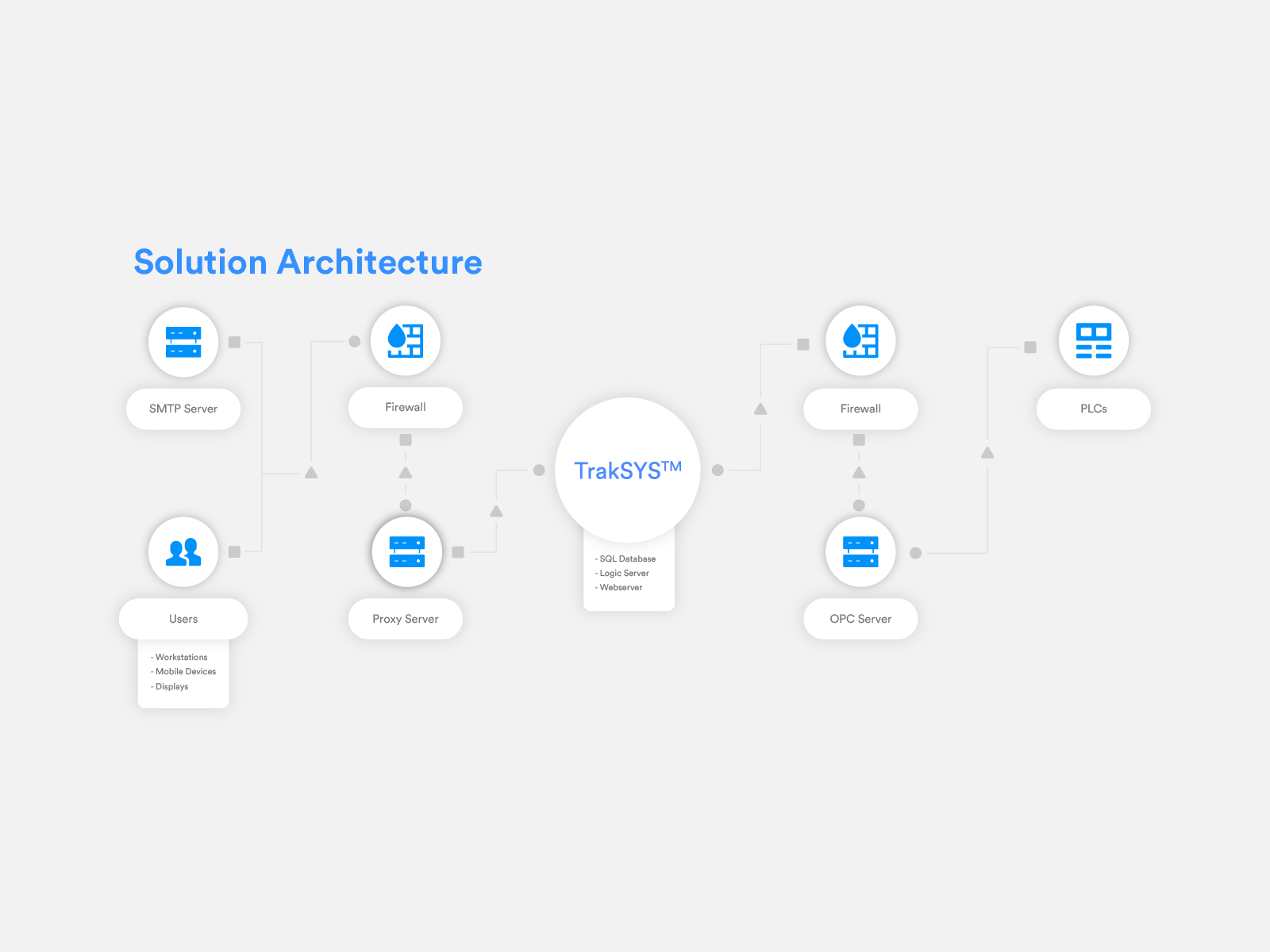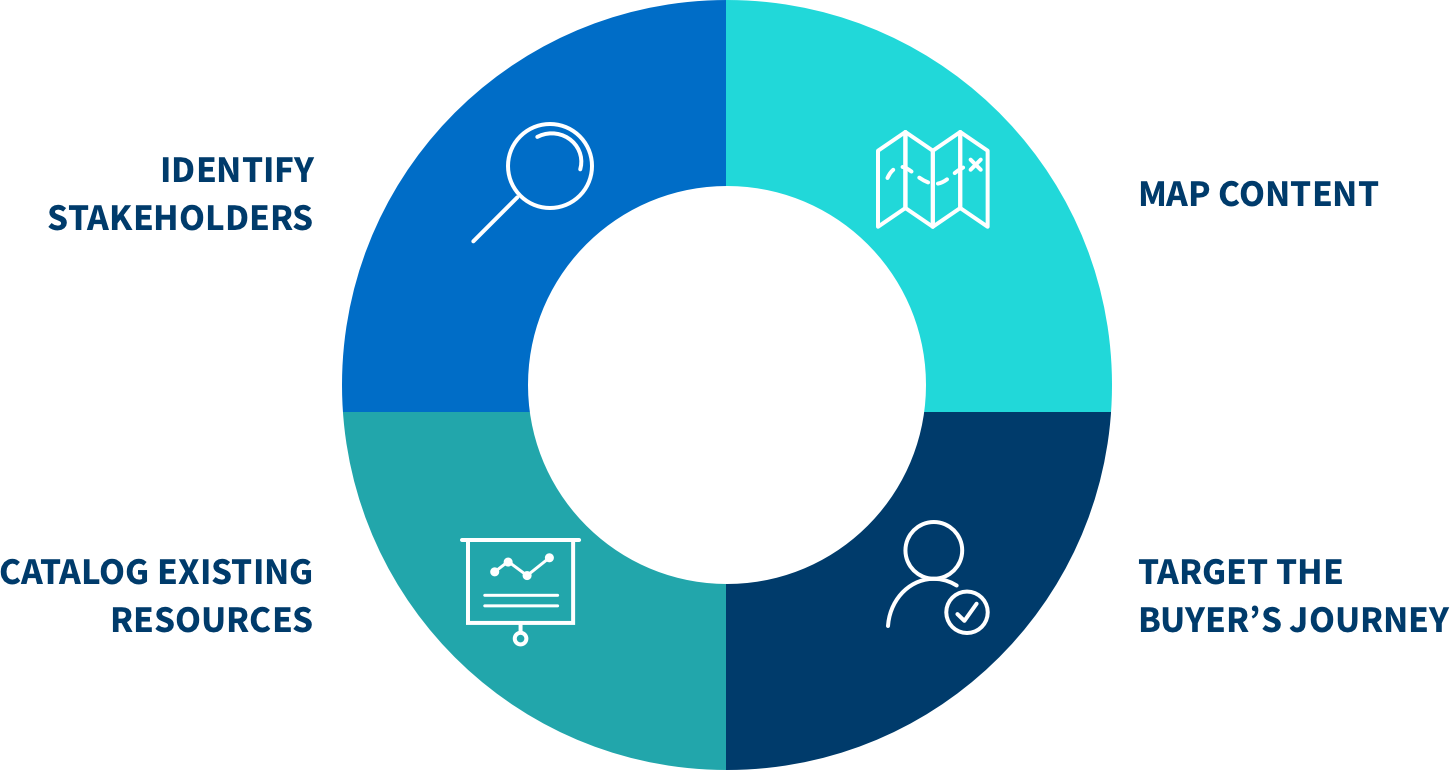Table Of Content

The notation is based on a graphical language, making it easy to create visual models and diagrams that communicate complex architectural concepts effectively. By evaluating a candidate's knowledge and skills in these key aspects of solution design, you can ensure that they have the necessary expertise to create effective, scalable, and user-centric solutions. Alooba's assessment platform provides the tools to evaluate these subtopics accurately, enabling you to make informed hiring decisions for solution design roles within your organization. The systems engineering engine is applied again and again as the system is developed.

6 Impact Analysis
The participants should remain focused on the functional requirements, including those for enabling products. The ability to perform these studies is enhanced by the development of system models that relate the design parameters to those assessments, but it does not depend upon them. To better understand the role of solution architecture in the context of software development, you first need to think about what a solution is. Even though this might seem quite basic, it illustrates why solution architecture is one of the most important processes when re-designing your IT landscape. In the corporate world, this means evaluating client needs or problems and addressing them with systems that replace or improve the existing system. Solution architects are the maestros who make solution architecture successful.
Determine all requirements.
In these short paragraphs, we will focus only on their relevance in the design of system integration projects. In the first instalment of this series, we examined the core principles of solution design. This article will zoom in on the design of medium and large system integration projects, and part three will discuss Agile design and its applicability in specific contexts. Assessing the company’s technology inventory involves looking at the current managed application portfolio combined with a survey or review of external technology providers for completeness.
Formats of Solution Designs (with an Example)
The La Sportiva Solution: A Review - Gripped Magazine
The La Sportiva Solution: A Review.
Posted: Wed, 05 Jul 2023 07:00:00 GMT [source]
It also considers all external factors that could have an impact on the development process. This way, digital projects are less likely to fail and there is a consensus between EA teams and development teams. SA can be seen as a support system that provides structure and reduces the scope of complexity when developing and rolling out new systems and applications. Software Engineers are responsible for the design, development, and maintenance of software systems. They work across various stages of the software development lifecycle, from concept to deployment, ensuring high-quality and efficient software solutions. Software Engineers often specialize in areas such as web development, mobile applications, cloud computing, or embedded systems, and are proficient in programming languages like C#, Java, or Python.
As the system is realized, the issues addressed evolve and the particulars of the activity change. Much of the system architecture can be seen even at the outset, so the successive refinements do not correspond exactly to development of the architectural hierarchy either. Rather, they correspond to the successively greater resolution by which the system is defined. It is crucial to involve the customers in both design stages, and this involvement is especially vital in large projects where feedback loops can be very long.
A High-level Design aims to provide all relevant stakeholders with a bird’s eye view of the solution architecture and design after implementation (or integration). All large IT projects will require a High-Level Solution Design, also known as High-Level Design or HLD, an artifact instrumental to the Software Development Lifecycle analysis phase. The HLD gives the stakeholders a bird’s eye view of the system once the implementation is completed. At its core, the proposed solution architecture is designed to solve a business problem and generate customer value. The stage is now set, and architects can construct the high-level design.
Solution architecture vs technical architecture
NeuroFlow acquires Northern Virginia firm with Veterans Affairs as main client - The Business Journals
NeuroFlow acquires Northern Virginia firm with Veterans Affairs as main client.
Posted: Tue, 18 Jul 2023 07:00:00 GMT [source]
Research authoritative articles to get a list of the top-rated wireframing and prototyping options. The right choice could save you a lot of time and help you to avoid frustration. At Levio, Solution Designers are involved right from the beginning of the project to build the project framework. Depending on the stage of the project, i.e. enhancement or starting new, activity is broken down to different levels, artifacts are created at each level that can be used by different stakeholders.

Defining and Communicating Architecture Vision
Testing, especially if it involves manual tasks, is a time-consuming, effort-intensive, and laborious anti-pattern that efficient project delivery seeks to minimize without compromising software quality. The efforts we deployed in Part 2 culminated in a rigorous study of large system integration projects with large scale and low uncertainty since most platforms participating in the solution are considered mature. On the opposing end of the spectrum, the scene is dominated by unarticulated needs, novel technology, minimal standards or regulatory requirements, and high uncertainty on future project benefits, costs, and timeframes. The effort to produce an HLD can be easily justified by understanding when and why it’s used.
In addition to these test types, Alooba's comprehensive assessment platform caters to various skills and roles, offering thousands of existing questions across different domains. You can also customize test questions or create your own, ensuring that the assessment aligns with your organization's specific solution design requirements. Assessing a candidate's skills in solution design is crucial for organizations seeking to make informed hiring decisions. A well-crafted solution design takes into account various factors such as the business objectives, user requirements, technological constraints, and available resources. It aims to strike a balance between functionality, usability, performance, and scalability.
List and define the user profiles interacting with the system, such as online users, system admins, or application admins. This section captures the user’s expectations of how they intend to operate the system. These expectations will drive the development of the necessary UI components, reports, and internal software functionality to make that happen.
Need dates for the enabling products should be realistically identified on the project schedules, incorporating appropriate schedule slack. The enabling product requirements are documented as part of the technical data package for the Design Solution Definition Process. Solution architecture is a practice to provide ground for software development projects by tailoring IT solutions to specific business needs and defining their functional requirements and stages of implementation.
Solution design refers to the process of creating a detailed blueprint or plan for the implementation of a specific solution to a problem or challenge. It involves carefully analyzing the requirements and constraints of the problem at hand and then designing an effective solution that addresses those needs. This design solution validation is in contrast to the validation of the end product described in the end-product validation plan, which is part of the technical data package. That validation occurs in a later life cycle phase and is a result of the Product Validation Process (see Section 5.4) applied to the realization of the design solution as an end product.
Consequently, effort estimation must be as accurate as possible, which is only realisable if you know exactly what steps, resources, and time are involved. Tools like JIRA, Confluence, and MS Sharepoint facilitate access, navigation, search, sharing, and collaboration on business or technical knowledge, immensely facilitating knowledge management across the organisation. Problems of efficient collaboration can threaten knowledge sharing, decision-making, planning and time management tasks in a large and complex social group.
Therefore, baselining should be one of the last steps in the Design Solution Definition Process. In some cases, effectiveness goals may be much more important than all others. Other projects may demand low costs, have an immutable schedule, or require minimization of some kinds of risks. Rarely (if ever) is it possible to produce a combined quantitative measure that relates all of the important factors, even if it is expressed as a vector with several components. Even when that can be done, it is essential that the underlying actors and relationships be thoroughly revealed to and understood by the systems engineer. The systems engineer should weigh the importance of the unquantifiable factors along with the quantitative data.

No comments:
Post a Comment